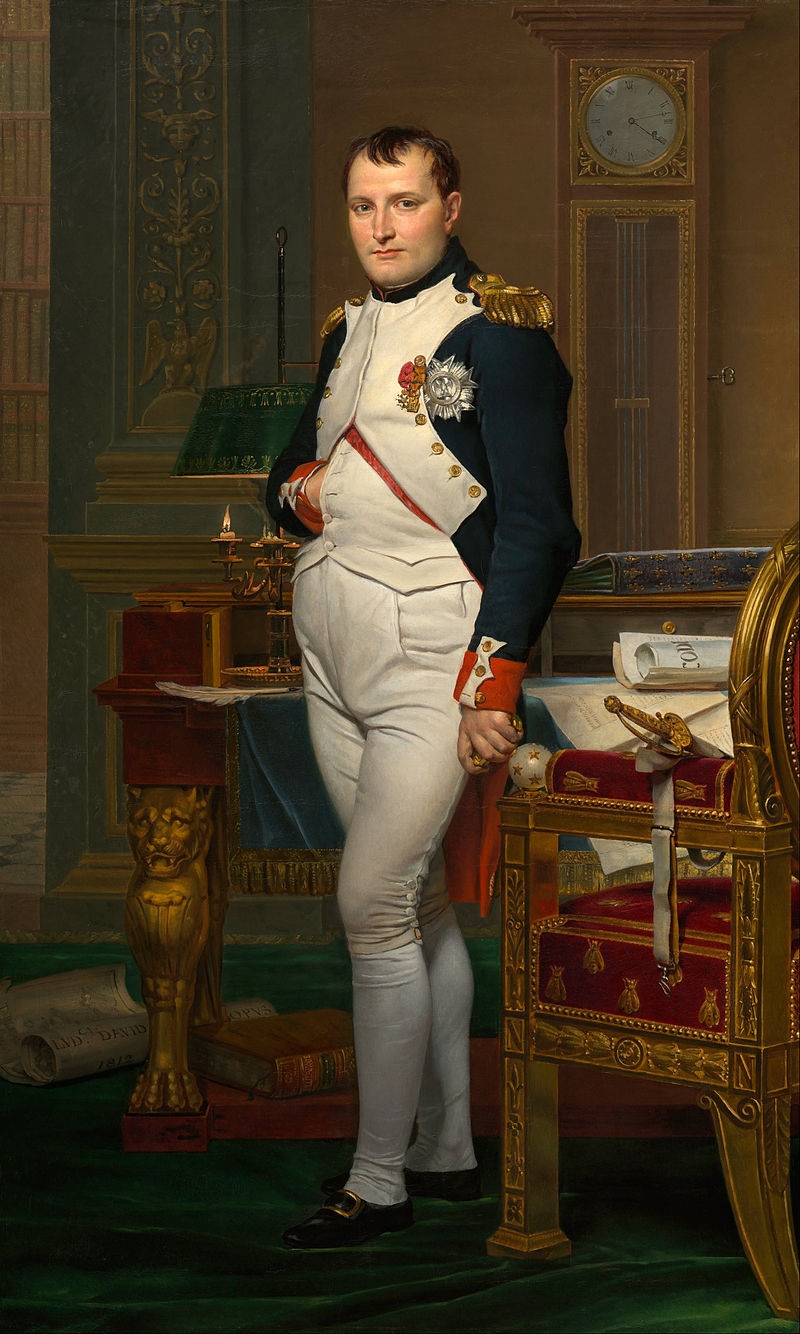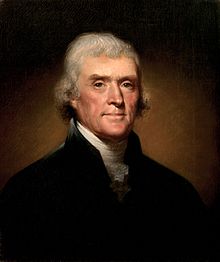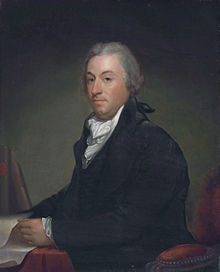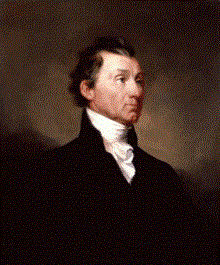On April 30, 1803, representatives of the United States and Napoleonic France conclude negotiations for the Louisiana Purchase, a massive land sale that doubles the size of the young American republic. What was known as Louisiana Territory comprised most of modern-day United States between the Mississippi and the Rocky Mountains, with the exceptions of Texas, parts of New Mexico, and other pockets of land already controlled by the United States. A formal treaty for the Louisiana Purchase, antedated to April 30, was signed two days later.
Beginning in the 17th century, France explored the Mississippi River valley and established scattered settlements in the region. By the middle of the 18th century, France controlled more of the modern United States than any other European power: from New Orleans northeast to the Great Lakes and northwest to modern-day Montana. In 1762, during the French and Indian War, France ceded its America territory west of the Mississippi River to Spain and in 1763 transferred nearly all of its remaining North American holdings to Great Britain. Spain, no longer a dominant European power, did little to develop Louisiana Territory during the next three decades. In 1796, Spain allied itself with France, leading Britain to use its powerful navy to cut off Spain from America.
In 1801, Spain signed a secret treaty with France to return Louisiana Territory to France. Reports of the retrocession caused considerable uneasiness in the United States. Since the late 1780s, Americans had been moving westward into the Ohio and Tennessee River valleys, and these settlers were highly dependent on free access to the Mississippi River and the strategic port of New Orleans. U.S. officials feared that France, resurgent under the leadership of Napoleon Bonaparte, would soon seek to dominate the Mississippi River and access to the Gulf

Gulf of Mexico. In a letter to Robert Livingston, the U.S. minister to France, President Thomas Jefferson stated, “The day that France takes

possession of New Orleans…we must marry ourselves to the British fleet and nation.” Livingston was ordered to negotiate with French minister Charles Maurice de Talleyrand for the purchase of New Orleans.

France was slow in taking control of Louisiana, but in 1802 Spanish authorities, apparently acting under French orders, revoked a U.S.-Spanish treaty that granted Americans the right to store goods in New Orleans. In response to this, President Jefferson sent future president

James Monroe to Paris to aid Livingston in the New Orleans purchase talks. On April 11, 1803, the day before Monroe’s arrival, Talleyrand asked a surprised Livingston what the United States would give for all of Louisiana Territory. It is believed that the failure of France to put down a slave revolution in Haiti, the impending war with Great Britain and probable Royal Navy blockade of France, and financial difficulties may all have prompted Napoleon to offer Louisiana for sale to the United States.
Negotiations moved swiftly, and at the end of April the U.S. envoys had agreed on the cost of the purchase. The new United States agreed to pay $11,250,000 (or $179,195, 378.35 in 2015 dollars) and assumed all claims of its citizens against France in the amount of $3,750,000 (or $ 59,731,792.78 in 2015 dollars). In exchange, the United States acquired the vast domain of Louisiana Territory, some 828,000 square miles of land (at a cost of $288.56 in 2015 dollars per square mile).
In October, Congress ratified the purchase, and in December 1803 France formally transferred authority over the region to the United States. The acquisition of the Louisiana Territory for the bargain price of less than three cents an acre was Thomas Jefferson’s most notable achievement as president. American expansion westward into the new lands began immediately, and in 1804 a territorial government was established. On April 30, 1812, exactly nine years after the Louisiana Purchase agreement was made, the first of 13 states to be carved from the territory–Louisiana–was admitted into the Union as the 18th U.S. state.
To purchase a signed copy of Larry Auerbach’s novel “COMMON THREADS”, Click Here
Photo courtesy of wikipedia.com


